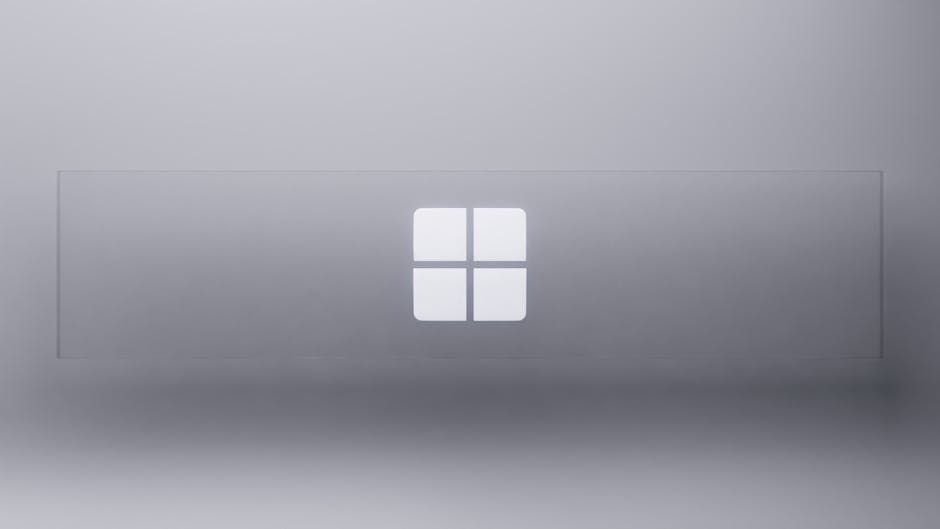Symmetry and Space: Creating Visual Harmony in a Minimalist Modern Layout
Introduction
Minimalist modern design emphasizes simplicity, clean lines, and functionality. Achieving visual harmony within this aesthetic hinges heavily on two key elements: symmetry and space. Mastering these elements allows you to create layouts that are both visually appealing and deeply satisfying, communicating a sense of calm and order. This article explores how to effectively leverage symmetry and space in minimalist modern design to achieve a balanced and harmonious layout.
Symmetry: Balancing the Visual Weight
Symmetry, in design, refers to the balanced arrangement of elements around a central axis. This creates a sense of stability and predictability, which can be particularly effective in minimalist spaces.
Types of Symmetry
- Bilateral Symmetry: Mirrored reflection around a central vertical axis. A classic example is a living room with identical sofas flanking a fireplace. This is the most common and easily recognizable form.
- Radial Symmetry: Elements radiate outwards from a central point, like petals on a flower. While less common in overall room layouts, it can be used effectively for smaller design elements like lighting fixtures or decorative arrangements.
- Rotational Symmetry: Elements are rotated around a central point. This is often less obvious and can be introduced through patterned objects or carefully positioned furniture.
Benefits of Symmetrical Layouts
- Visual Stability: Symmetry instantly creates a sense of balance and order, making a space feel calmer and more grounded.
- Ease of Understanding: Our brains are naturally drawn to symmetrical patterns, making symmetrical layouts easy to process and understand.
- Focal Point Emphasis: Symmetry naturally draws the eye towards the central axis, allowing you to create a strong focal point.
When to Use (and Avoid) Symmetry
Symmetry works best in spaces where you want to create a sense of formality, elegance, and stability. However, overuse of symmetry can make a space feel static and predictable. Consider using asymmetry to add visual interest and a sense of dynamism in smaller areas or through the addition of carefully chosen accessories.
Space: The Power of Negative Space
In minimalist modern design, the strategic use of space, particularly negative space (also known as white space), is just as important as the objects within the space. Negative space allows the individual elements to breathe and stand out, preventing visual clutter and enhancing clarity.
Types of Space
- Macro Space: The overall open space within a room or building. Minimalist design embraces open floor plans and maximizes the feeling of spaciousness.
- Micro Space: The space around individual objects or elements within a room. This includes the space between furniture pieces, artwork, and decorative items.
Benefits of Ample Space
- Enhanced Visual Clarity: Negative space helps to isolate individual elements, making them easier to see and appreciate.
- Sense of Calm and Tranquility: Less visual clutter translates to a more peaceful and relaxing environment.
- Emphasis on Quality over Quantity: With less “stuff” in the space, the items you do choose to include are highlighted and appreciated more.
- Improved Functionality: Ample space allows for easy movement and flow within the room.
Tips for Maximizing Space
- Declutter ruthlessly: Eliminate anything that doesn’t serve a purpose or bring you joy.
- Choose furniture with clean lines and minimal ornamentation: Avoid bulky or overly decorative pieces.
- Utilize vertical space: Use tall bookshelves or wall-mounted storage to free up floor space.
- Incorporate multi-functional furniture: Ottomans with storage, sofa beds, and coffee tables with hidden compartments can help you maximize space.
- Consider the flow of traffic: Arrange furniture to allow for easy movement throughout the space.
Combining Symmetry and Space for Harmonious Design
The true power of minimalist modern design lies in the harmonious interplay between symmetry and space. When used effectively, these elements can create a space that is both visually stunning and deeply relaxing.
Practical Applications
- Symmetrical Furniture Arrangement in an Open Floor Plan: A balanced sofa and chair arrangement in a large living area, surrounded by ample negative space, creates a welcoming and calming atmosphere.
- Minimalist Art Display: A single, impactful piece of art centered on a wall, with plenty of blank space around it, draws the eye and creates a focal point.
- Symmetrical Lighting Fixtures: Two identical pendant lights hanging above a kitchen island create balance and provide ample illumination.
SEO Considerations
To further optimize for search engines, consider incorporating these keywords naturally throughout your website content:
- Minimalist design
- Modern interior design
- Symmetry in design
- Negative space design
- Visual harmony
- Balanced layout
- Open floor plan
- Decluttering tips
Use alt text for images that include these keywords and build internal links to other relevant articles on your website.
Conclusion
Symmetry and space are fundamental principles of minimalist modern design. By understanding how to leverage these elements effectively, you can create layouts that are not only visually appealing but also promote a sense of calm, order, and well-being. Embrace the power of simplicity, and let symmetry and space guide your design choices to create truly harmonious minimalist modern spaces.














Post Comment